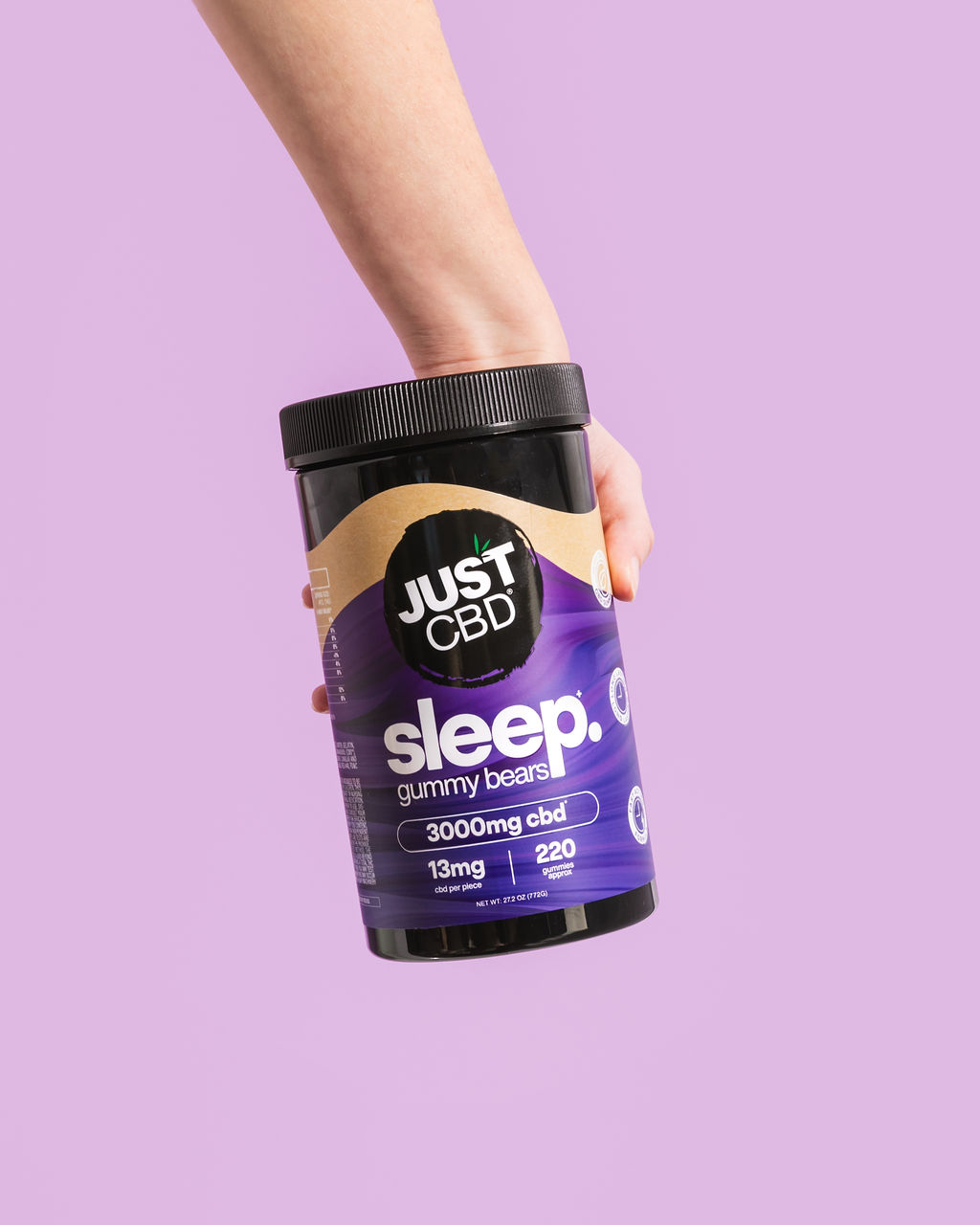Serotonin Receptor Stimulation
Kratom, a tropical plant native to Southeast Asia, has gained popularity for its potential mood-boosting effects. One key mechanism believed to contribute to these benefits is the stimulation of serotonin receptors in the brain. Serotonin is a neurotransmitter associated with feelings of happiness, well-being, and relaxation.
While research on kratom’s interaction with serotonin receptors is ongoing, preliminary studies suggest that certain compounds found in kratom, such as mitragynine and 7-hydroxymitragynine, may bind to and activate these receptors. This activation can lead to an increase in serotonin levels in the brain, potentially resulting in improved mood.
Pain Relief and Inflammation Reduction
Kratom gummies offer a convenient way to consume kratom and experience its potential mood-boosting effects. The active compounds in kratom are believed to interact with serotonin receptors in the brain, leading to increased serotonin levels. Serotonin is a neurotransmitter associated with feelings of happiness and well-being.
However, it’s important to note that research on kratom’s effects on mood is still limited and more studies are needed to fully understand its mechanisms of action and long-term effects.

Endorphin Release
Endorphins are neurochemicals produced by the body that act as natural painkillers and mood elevators. They are released during activities like exercise, listening to music, or experiencing laughter, leading to feelings of euphoria and well-being.
While kratom’s primary interaction is believed to be with serotonin receptors, it’s possible that its consumption could indirectly influence endorphin release. Some studies suggest that substances affecting the serotonergic system can modulate endorphin production.
Reduced Anxiety and Stress
Kratom’s potential mood-boosting effects are often linked to its interaction with serotonin receptors in the brain. Serotonin is a neurotransmitter associated with feelings of happiness, well-being, and relaxation.
While research is ongoing, some studies suggest that certain compounds in kratom, like mitragynine and 7-hydroxymitragynine, may bind to and activate these serotonin receptors. This activation could lead to an increase in serotonin levels, potentially improving mood.
Endorphins are also believed to play a role. These natural painkillers and mood elevators are released during pleasurable activities. Although kratom’s primary mechanism is thought to involve serotonin, it’s possible that its consumption could indirectly influence endorphin release, further contributing to feelings of well-being.

Increased Energy and Focus
Kratom gummies offer a convenient way to consume kratom and experience its potential mood-boosting effects. The active compounds in kratom are believed to interact with serotonin receptors in the brain, leading to increased serotonin levels. Serotonin is a neurotransmitter associated with feelings of happiness and well-being.
- Kratom’s primary interaction is believed to be with serotonin receptors in the brain.
- Some studies suggest that certain compounds in kratom, like mitragynine and 7-hydroxymitragynine, may bind to and activate these serotonin receptors.
Improved Sleep Quality
Kratom’s potential mood-boosting effects are often attributed to its interaction with serotonin receptors in the brain. Serotonin is a neurotransmitter associated with feelings of happiness, well-being, and relaxation.
Some studies suggest that certain compounds found in kratom, such as mitragynine and 7-hydroxymitragynine, may bind to and activate these serotonin receptors. This activation could lead to an increase in serotonin levels, potentially improving mood.
While research is ongoing, it’s important to note that more studies are needed to fully understand kratom’s effects on mood and its long-term implications.
Starting Dose Recommendations
Starting doses for Kratom gummies vary depending on individual factors such as weight, metabolism, and experience with Kratom.
A typical starting dose for beginners is 1-2 grams of dried Kratom or the equivalent in gummy form. It’s essential to start with a low dose and gradually increase it as needed.
It’s crucial to listen to your body and adjust the dosage accordingly. If you experience any adverse effects, such as nausea or dizziness, reduce the dose or discontinue use.
Frequency of Use
Kratom’s potential mood-boosting effects are often linked to its interaction with serotonin receptors in the brain. Serotonin is a neurotransmitter associated with feelings of happiness, well-being, and relaxation. Some studies suggest that certain compounds found in kratom, like mitragynine and 7-hydroxymitragynine, may bind to and activate these serotonin receptors. This activation could lead to an increase in serotonin levels, potentially improving mood.
It’s important to note that research on kratom’s effects on mood is still limited and more studies are needed to fully understand its mechanisms of action and long-term effects.
Potential Side Effects
While Kratom is often touted for its potential mood-boosting effects, it’s essential to be aware of potential side effects. These can vary from person to person and depend on factors like dosage and individual sensitivity.

Some common side effects associated with kratom use include nausea, dizziness, constipation, itching, dry mouth, and increased heart rate.
In some cases, individuals may experience more serious side effects such as seizures, liver damage, or withdrawal symptoms upon stopping use.
Shop Kratom Gummies with fast shipping
- Why Does Lip Filler Swell In The Morning - November 7, 2025
- What Is The Best Treatment For A Sagging Neck? - November 6, 2025
- What Are The Best CBD Gummies For Sleep And Restful Nights? - November 5, 2025
